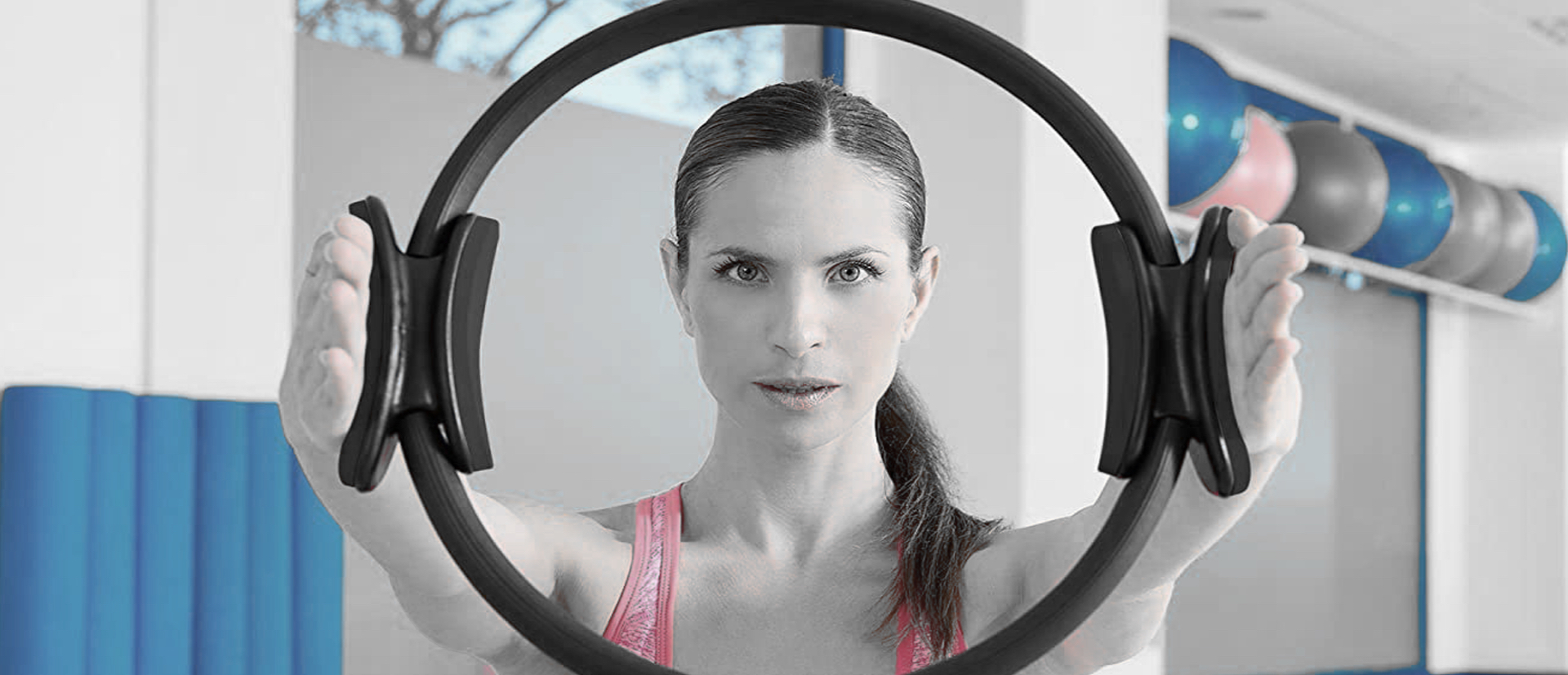

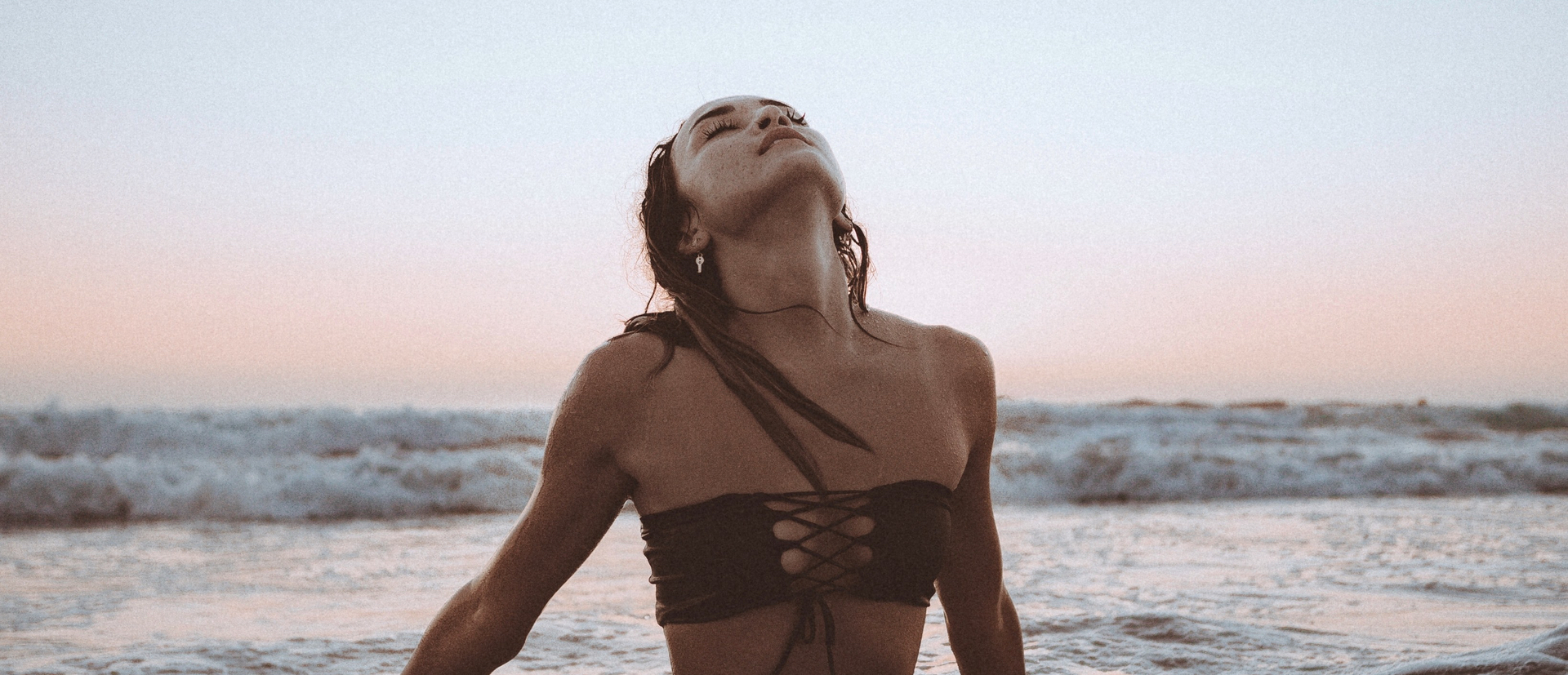
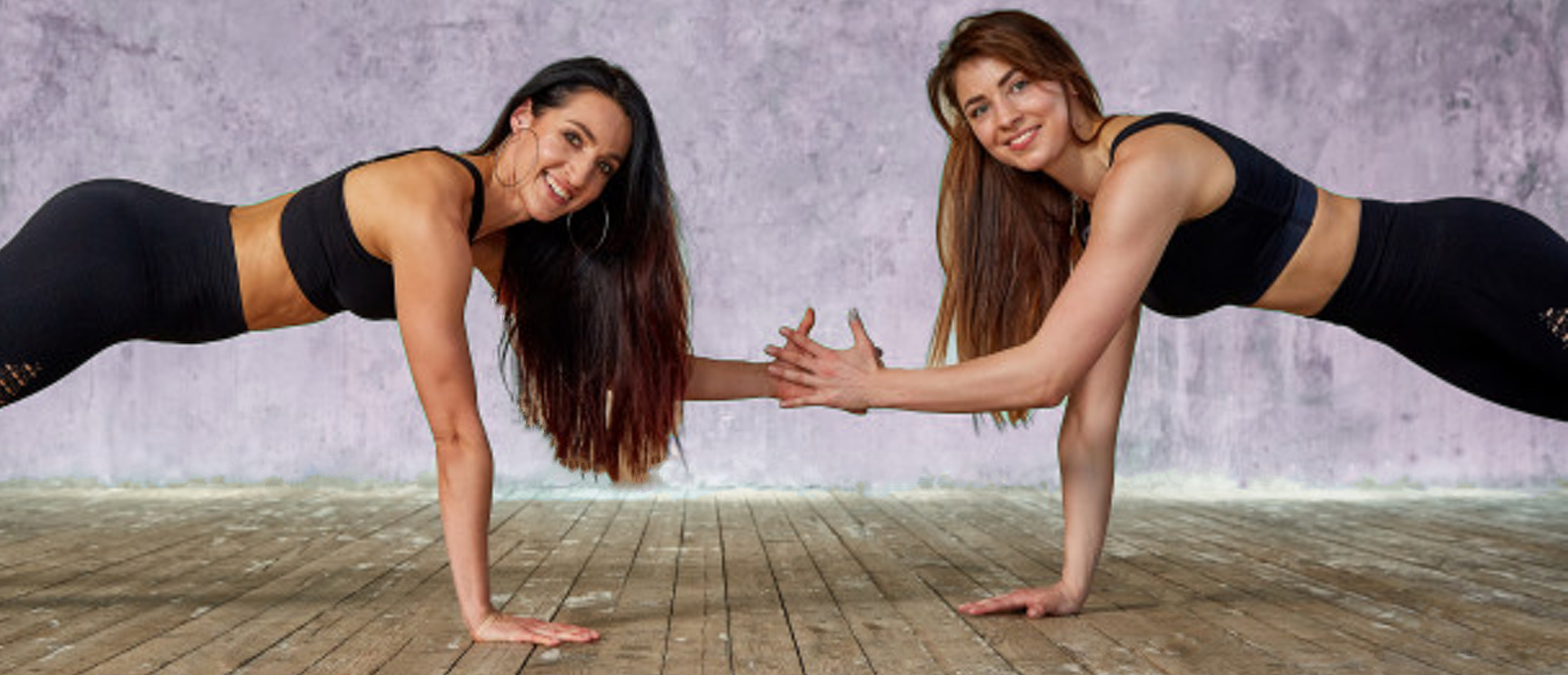
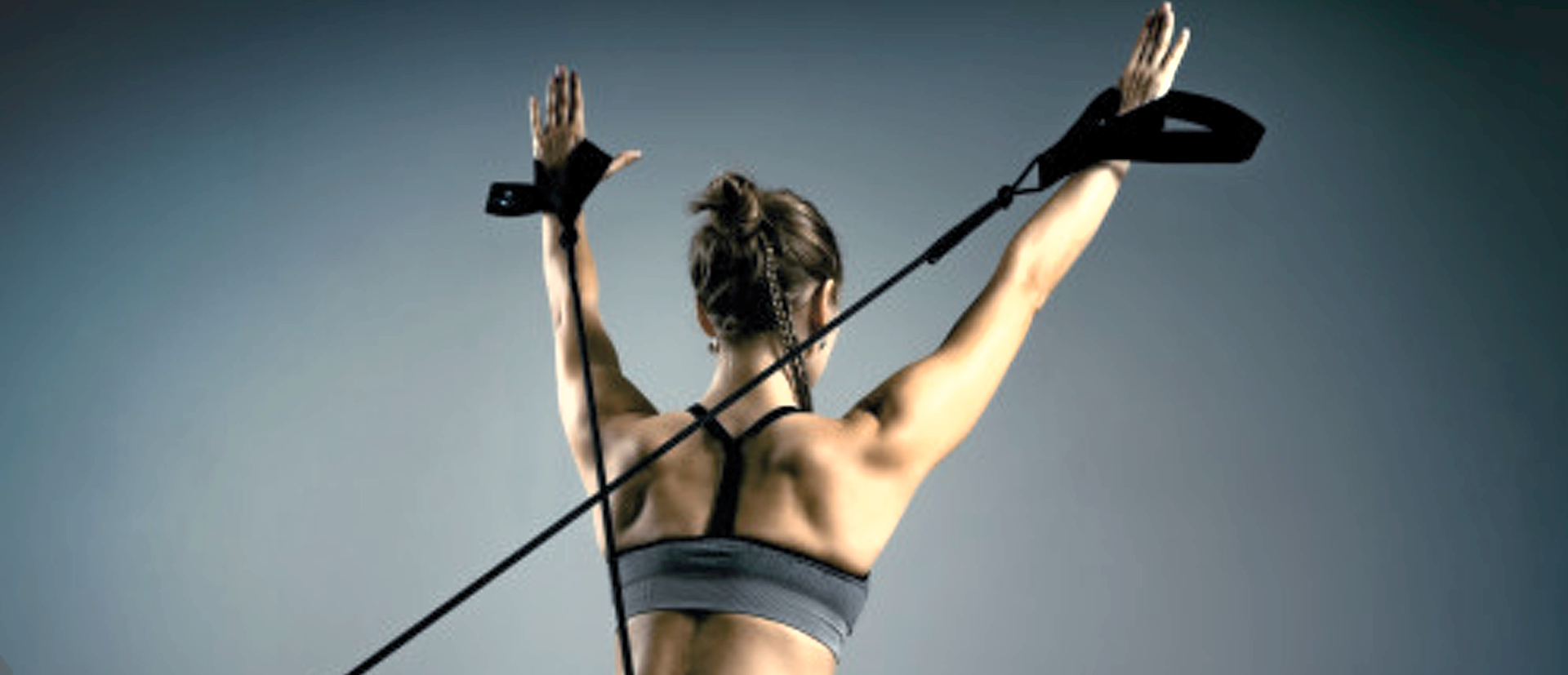
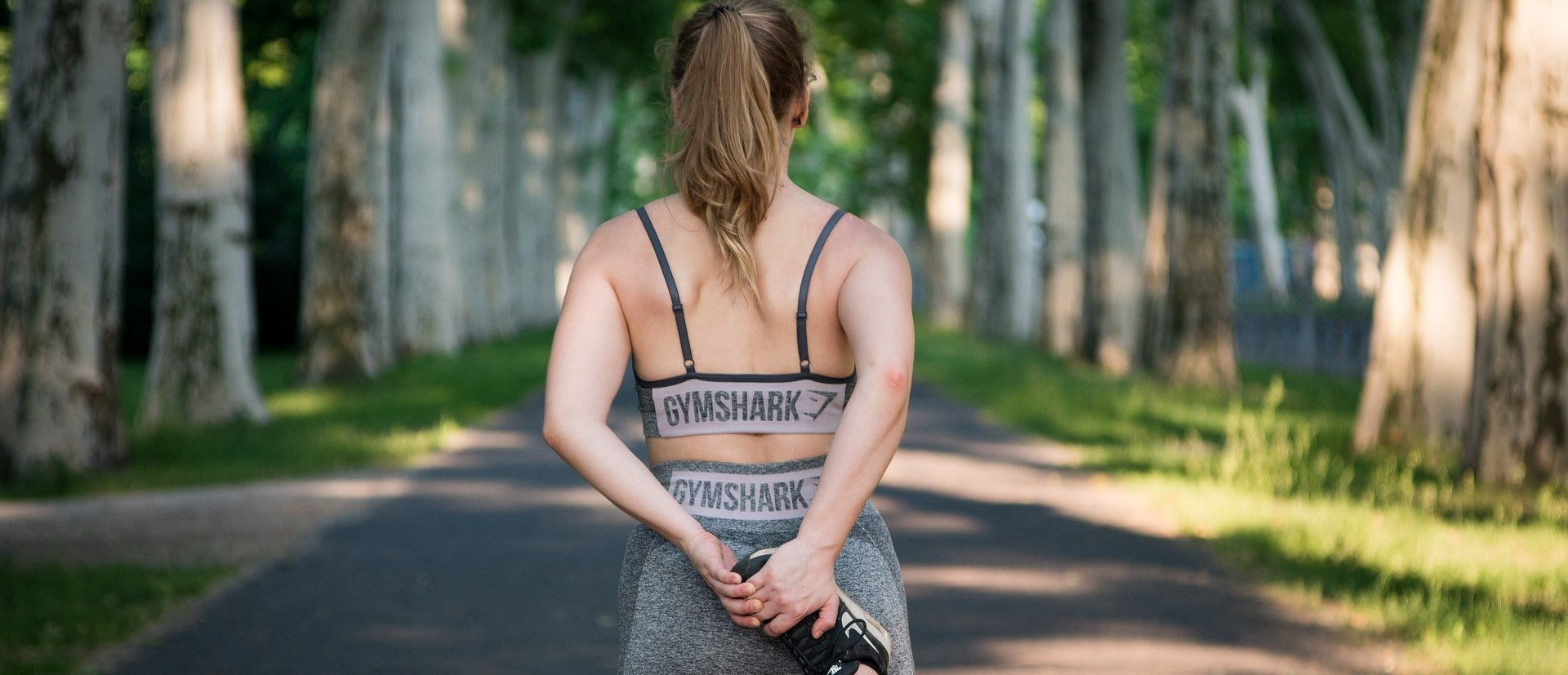
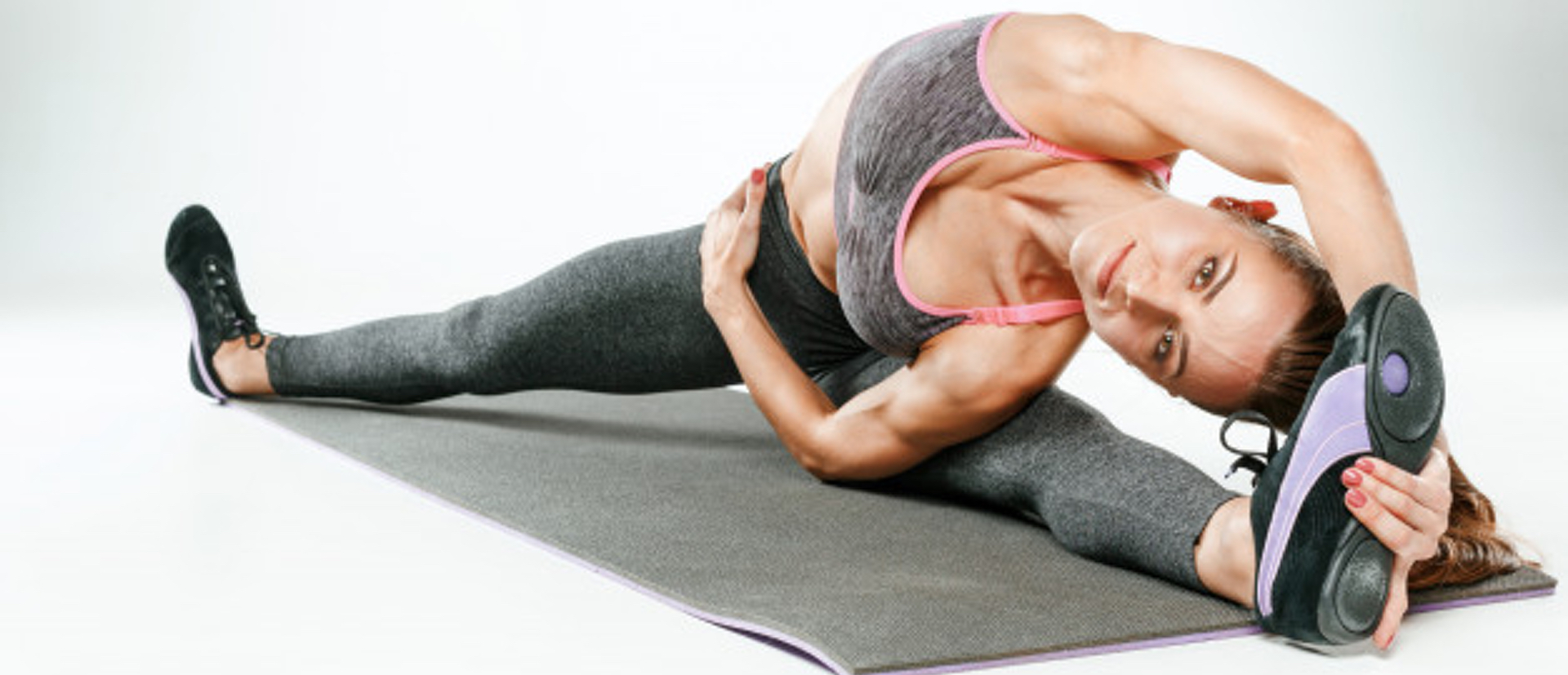
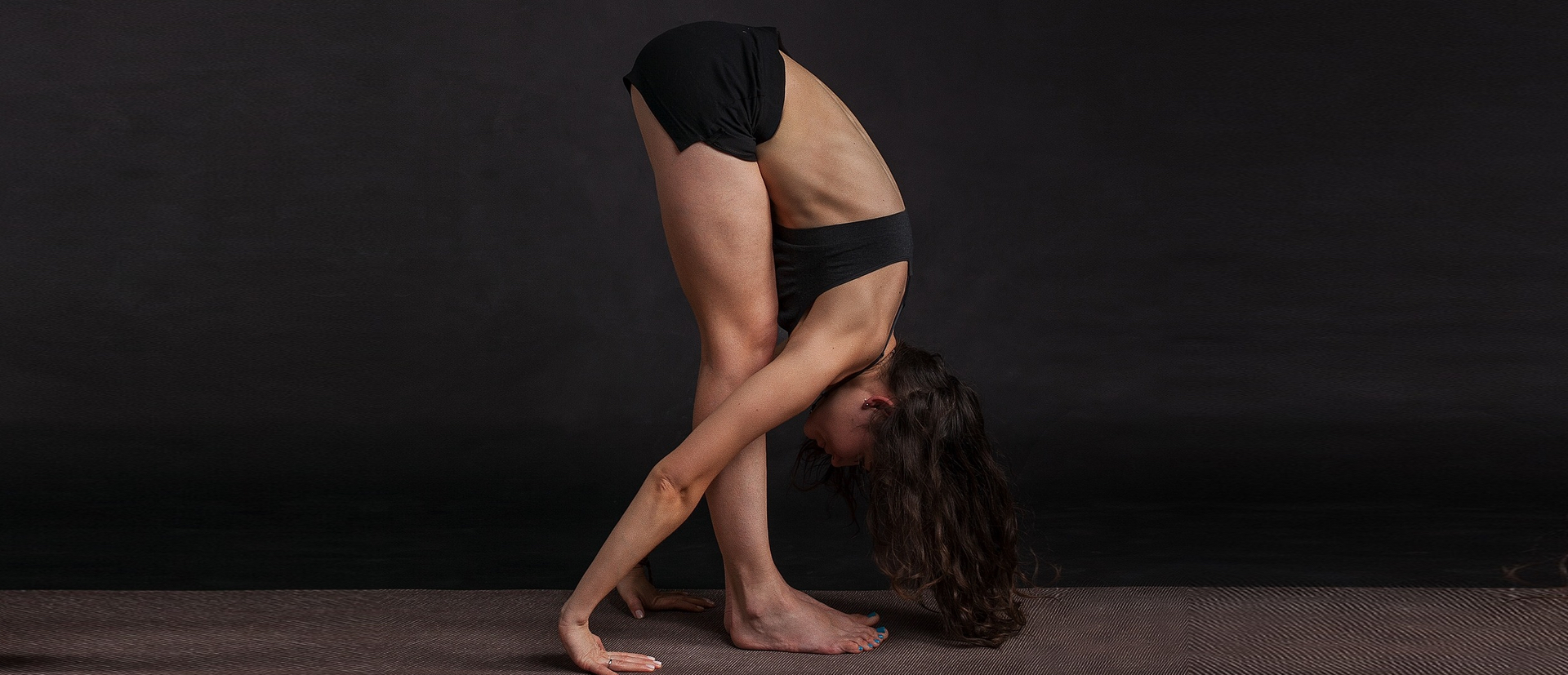
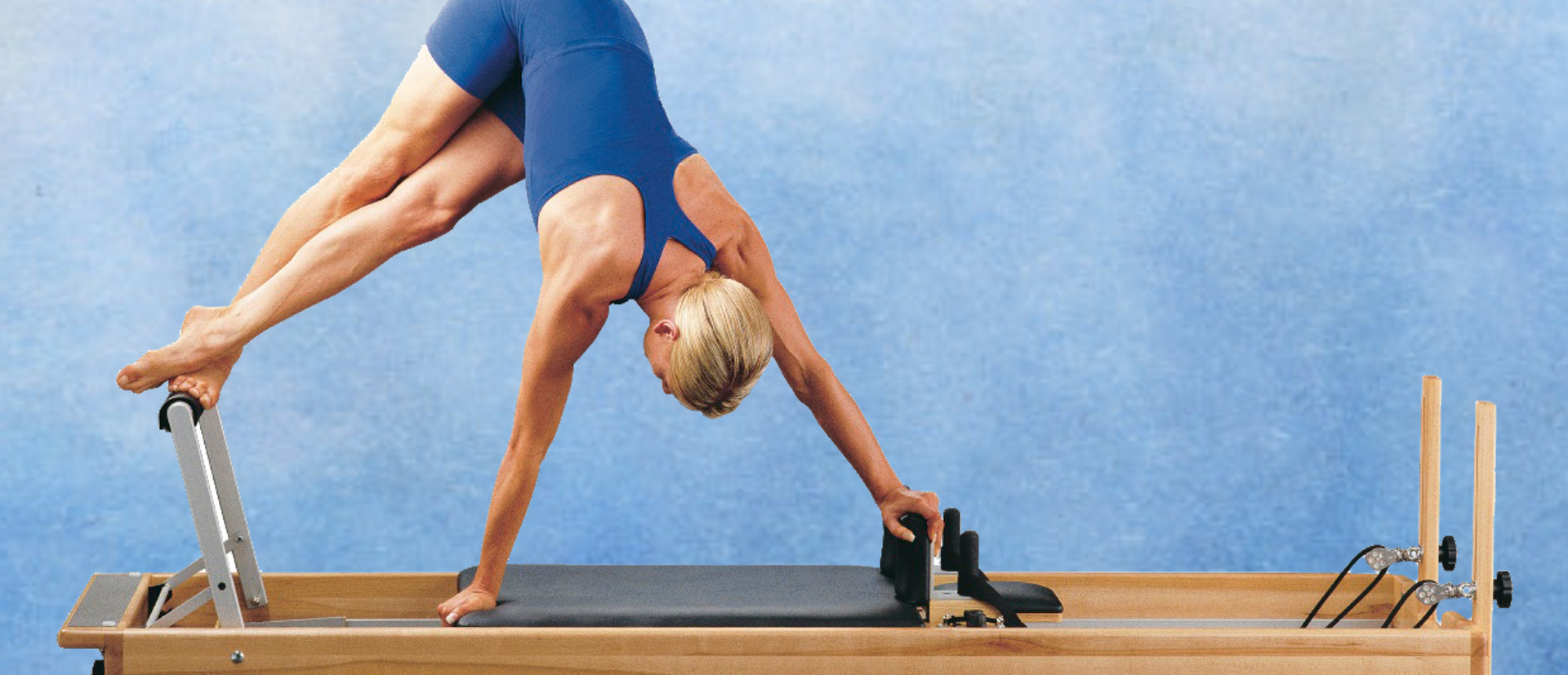

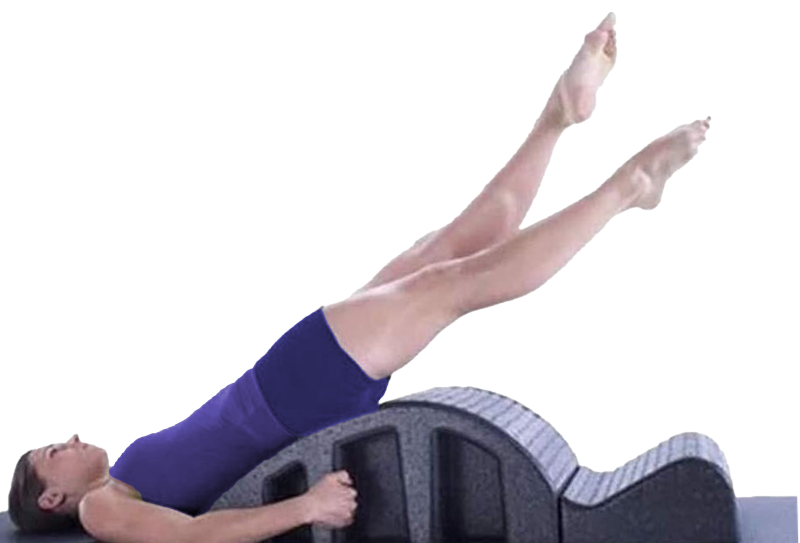
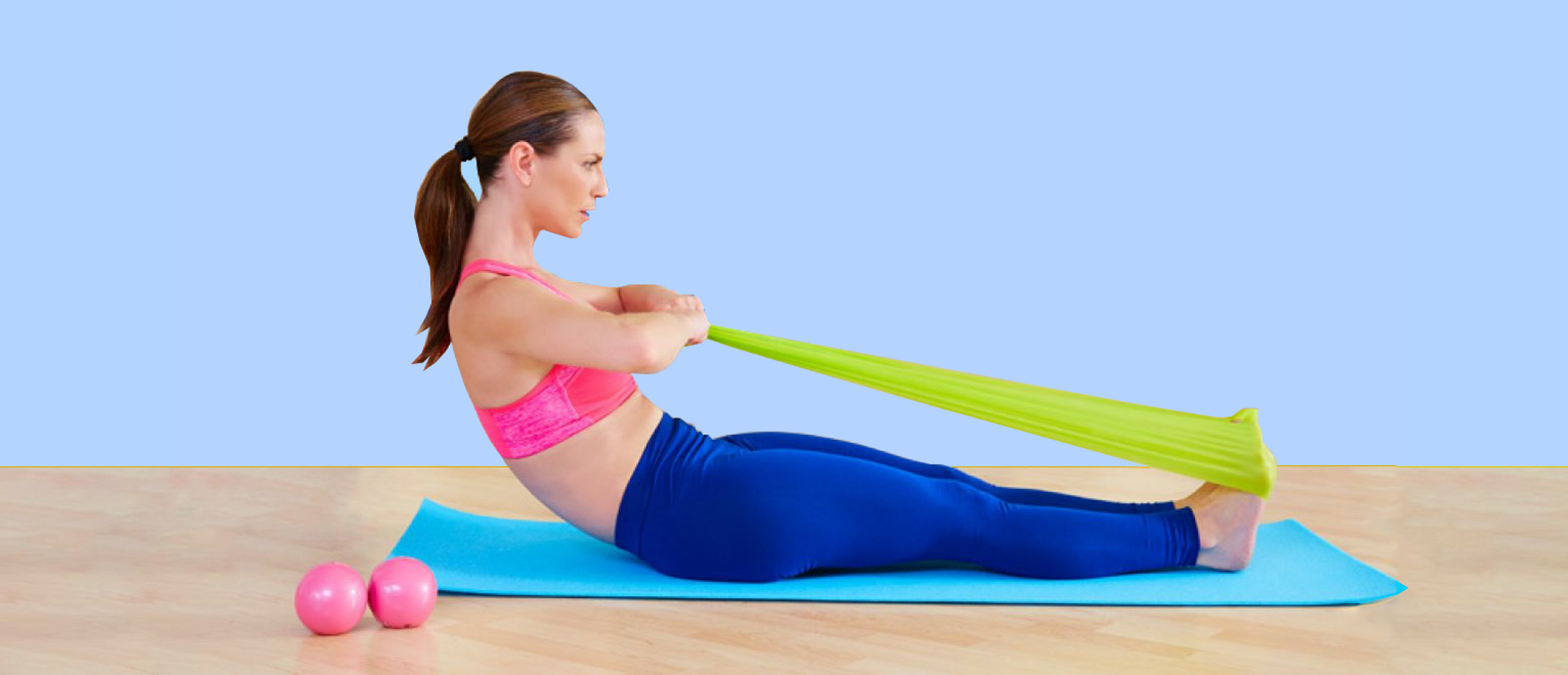
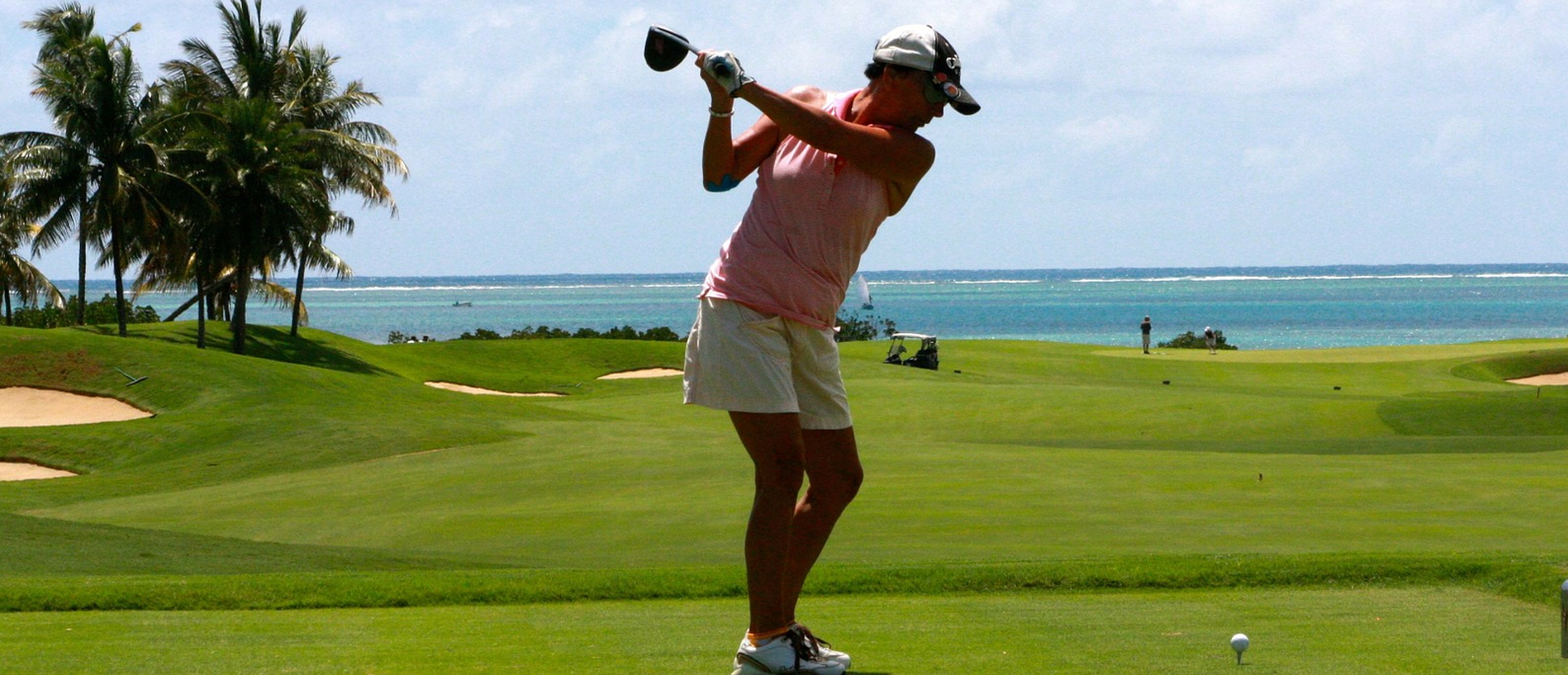
MY PEDAGOGY
Throughout my career I …
Choosing A Pilates Mentor
WHAT DO YOU LOOK FOR IN A PILATES TEACHER & MENTOR?
Have you ever wondered what qualities an exceptional mind body practitioner could possess that would make him or her an extraordinary somatic facilitator and teacher of pilates? Perhaps you have had the good fortune to study with one of the pilates elders or another gifted teacher so you know exactly what that truly means.
Pilates encompasses experiential knowledge best obtained through personal practice and mentorship. As a pilates coach I have had the opportunity to teach individuals from many diverse backgrounds and myriad walks of life, who have chosen to do pilates with me for all sorts of reasons and in my career as a dancer I have studied with many inspirational teachers. I continue to explore my own creativity and pedagogy as a student and facilitator of movement so I often contemplate what makes a pilates instructor stand out as a leader in pilates education today?
As pilates continues to grow in popularity, there are many amazing professionals and practitioners, coming of age, energizing and innovating the practice. Aspiring students should be open and receptive to all teachers. However, when a truly exceptional teacher shows up in the studio the opportunity may or may not be evident. In preparation, you might want to consider some of the characteristics or traits that exceptional teachers and leaders of pilates practice might theoretically embody? I have imagined several qualities I value in a teacher and would look for when making the choice to learn from his or her pilates experience and pedagogy? Here is a list of 7 characteristics I deem admirable in pilates professionals.
7 QUALITIES OF EXCEPTIONAL PILATES PROFESSIONALS
1) Authentic Embodiment of Lived Experience:
First and foremost, primary is the quality or characteristic of authentic experiential embodiment where by true leaders walk the walk and talk the talk, contemplating the ramifications of their actions, practicing the principles of their trade and refining their craft daily. Pilates leaders wearing the embodied knowledge of their practice continually strive toward greater somatic awareness in efforts to deepen their own subjective understanding, cultivating deeper, more refined and or practical insights they can then share with their students. Teachers who embody their practice mindfully seek to articulate their contemplative experiences and observations while asking the profounder questions that will further their own introspective explorations and deepen their teaching repertoire.
2) Rarefied Presence:
Authentic embodiment leads to a lived sense of one’s individual subjective essence and agency, valuing one’s personal worth, appearing to embrace a lofty sense of confidence, being more present in the world. In dance, when this elevated experience appears as a heightened state of peak performance it is referred to as “stage presence.” The dancer’s presence on stage, her ephemeral yet captivating visual appearance is magnified by her energized and focused state of being which is amplified through her embodied engagement of present centered, focus, power and grace. Pilates leaders are essentially types of movement performers whose presence invokes our respect and commands our attention. Leaders in pilates education should embody an infectious, positive energy that can put you at ease or move you to action. Experienced pilates presenters make you feel invited and welcome. They can skillfully pull you up and out of a depressed state and energize your spirits so you willingly embrace the challenges of your efforts with greater zeal and enjoyment. Wherever they go exceptional pilates practitioners and teachers embody purpose bringing light and joy into their studio space making vigorous body work seem like play.
3) Heightened Physicality and Kinesthetic Awareness:
While being the most agile practitioner or virtuosic performer is not essential to great leadership in the field of pilates, a gifted teacher does need a certain degree of skill, accomplishment and somatic awareness to bring that level of achievement and practice to the table. Truly, a picture is worth a thousand words in pilates movement education. On occasion for the visual learner the best example is a visually perceived one and instruction through demonstration by personal example reigns supreme. Leaders who embody their practice reap the rewards and are happy to share their personal experience with others through movement execution when it appears to be the best option for any particular learner. Exceptional leaders in pilates embody the principles and qualities of their somatic movement practice which entails a particular refinement of coordination and proprioception engaged within certain parameters of the form. Dancers and gymnasts are agile, supple and strong and move with meticulous accuracy and elan. Marshal artists are forceful, precise and quick, making it easy to perceive the direct intensity and focused power of their concentrated intentions. In pilates, much like these other somatic genres, every movement is the result of a purposeful focus. Attending to that purpose mindfully with imagination and concentration engages the onlooker pulling him into a rarefied realm he wants to inhabit, moving him to embrace his practice, desiring to emulate the gifted pilates practitioner with like minded clarity.
4) Adaptability:
A great teacher and profound pilates leader is one who is perceptive and cognizant in any given educational situation. Observing with calm and clarity, the experienced teacher is able to respond appropriately and wisely, spontaneously altering the course of his teachings if need be according to what is deemed necessary in the moment. Teachers begin with a plan but must be ready, willing and able to move in another direction if circumstances call for it. This is not a problem for experienced teachers. Talented teachers who stay in the present are sensitive to the individuals around them. They also have a depth of knowledge to draw from and pursue toward whatever objective. While staying true to one’s chosen style of movement or somatic genre, an adaptable facilitator can pull from a broad spectrum of movement options. The gifted educator is able to encourage more freedom through flowing explorations if best or can anchor down into more structured core work with an explicit focus on precise alignment, breathing, initiation and internal sensing. Depending on what is deemed best at the time the lesson can be tapered to the particular participants attending the session.
5) Versatility:
Superb pilates leaders are not only adaptable in specific situations, they are versatile, able to facilitate a host of thematic approaches and focus objectives to capture and shape the hearts and minds of the majority of attendees. A great pilates teacher never blatantly reacts to something that may have arisen unexpected during a lesson, but is precisely prepared to respond from a depth of insight and focus having a plethora of movement solutions, alternative modifications and variations, in her pocket to draw from. Skilled facilitators can build in more structure to a lesson plan or move toward a more improvisational flow of energy that will invigorate, sustain and peak interest without compromising the overall objectives of the gathering. As students learn and grow the exceptional leader is ready with more challenging movement selections and sentient moving blueprints to explore.
6) Accessibility:
Foremost pilates practitioners and outstanding teachers connect on a personal level with their students. Logically, if we do not meet our students exactly where they are then our teachings will not get through. Interactions must be genuine and only a truly authentic connection will feel real and satisfy. If the teacher owns and embraces the relationship the student will sense it. The best pilates teachers are enthusiastic about their practice and students. At the same time they know how to break down exercise elements and clearly deliver them to diverse populations of varying experiential levels. Whatever is being taught must not be seen as too complex and or esoteric or it will be lost. Exceptional pilates teachers are somatic leaders who know how to identify, demonstrate and describe the essentials of movement experiences making the practice accessible. Movement experiences can be designed for any given population and delivered as if uniquely geared toward the individual learner.
7) Inclusivity:
Top notch pilates teachers will not only walk into a studio and have their presence felt they will take the time to make every student present feel special, if just for a moment or two. Their gestures are never perceived as contrived but genuine and effortless. This is often a natural gift the teacher possesses, but it can be developed through mindful practice. Connecting with students improves the morale and energy of the entire space. A simple touch on the shoulder, a glance of recognition across the room or a sincere compliment referring to one’s accomplishment can add just the right amount of personal to uplift the community. Pilates practice is a method of wellness care so any small acknowledgement tuning in to the needs and or emotions of others can make all the difference in the world. Supporting students with small gestures of appreciation resonates throughout the practice space engendering more positive energy, care and joy for all.
To Learn more about choosing a pilates mentor click here!
If you liked what you have read or learned here please get the word out and share what you have experienced.
TESTIMONIALS
Syndi Stark “I was …

